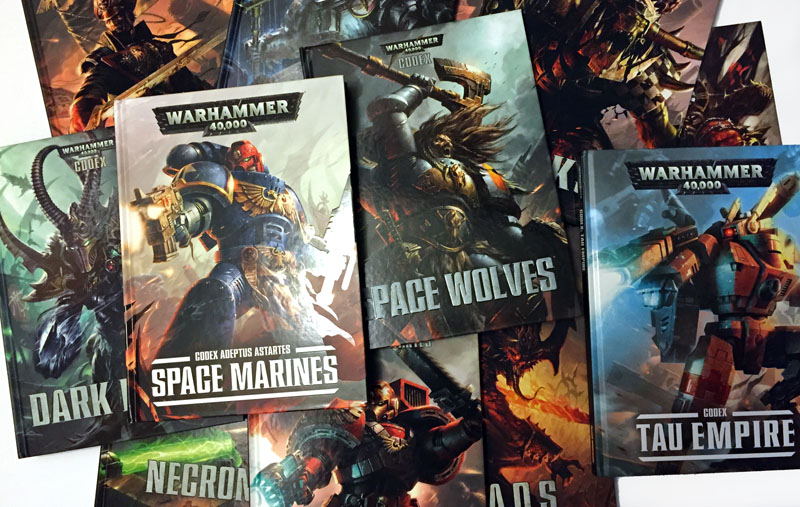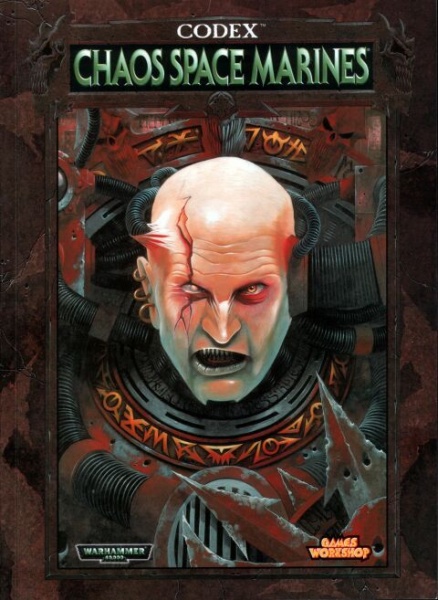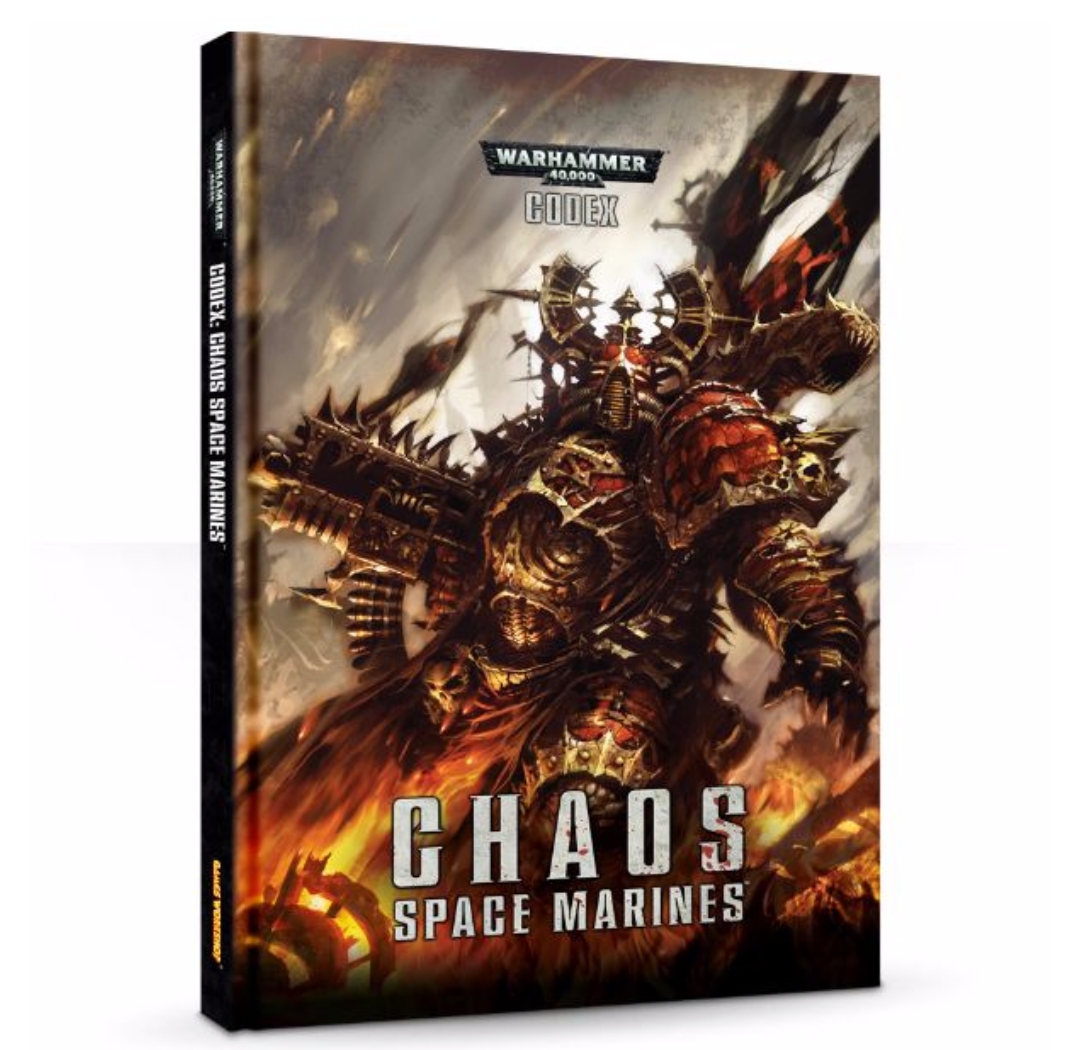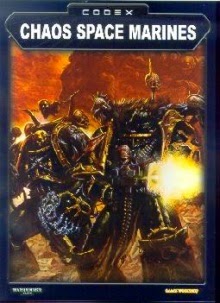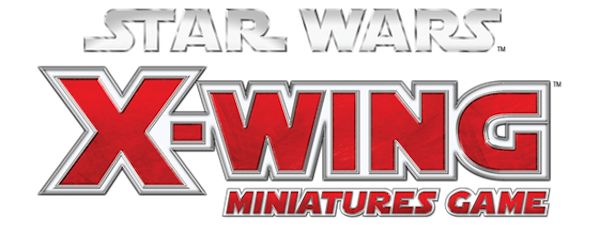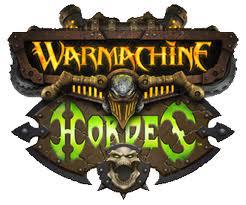The Perfect Ruleset: How Complex?
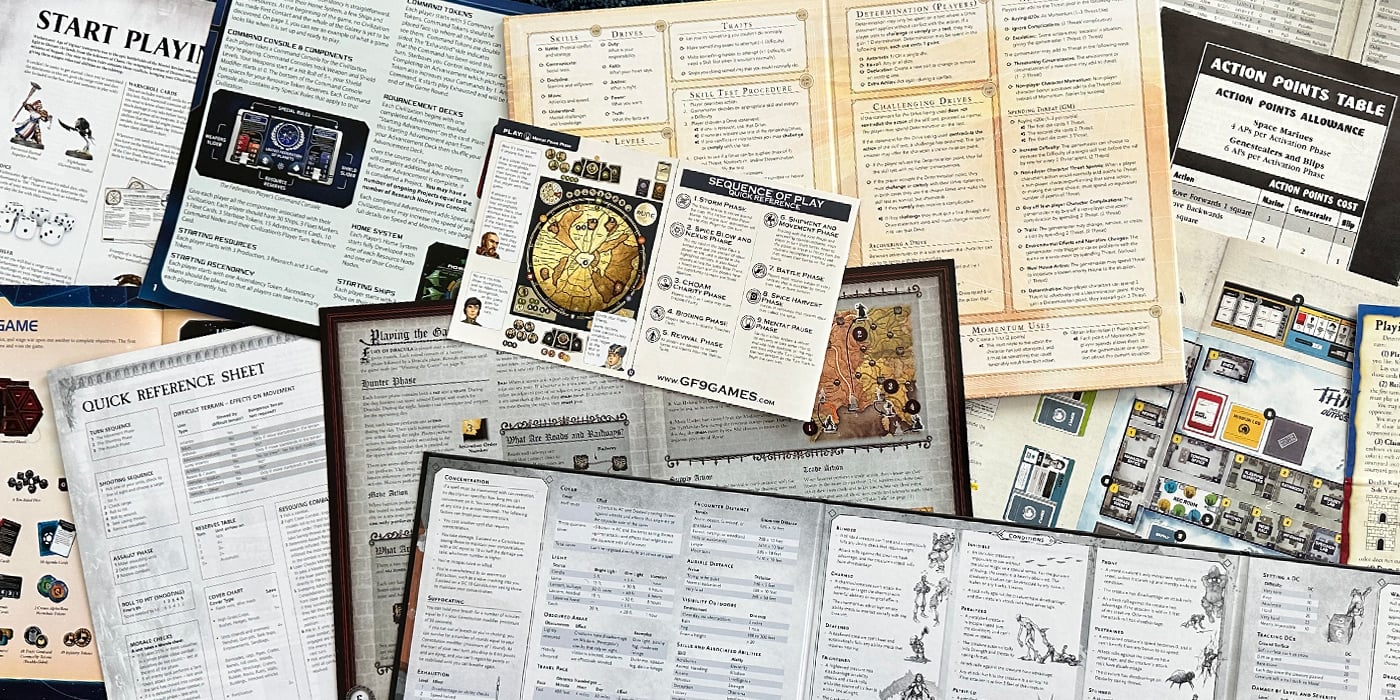

We all clamor for ever more “perfect” rulesets for our preferred games. Exactly what that means is where things jump the tracks.
Today lets talk about complexity of rulesets, and take a bit of a walk down both memory lane and the present. There is a lot of talk about what a “perfect ruleset” looks like and even within a single game we can see different designer’s takes on the same subject matter.
Lets break this subject down into the three broad categories of complexity levels, using just three incarnations of the Chaos Space Marines codex as (imperfect) examples.
Streamlined Rules
With these, the designer is purposely emphasising speed of play, and efficiency of design. A certain degree of granularity and detail is purposely removed, and only differences of medium to major sizes would warrant specific rules. Pains are taken to test out the “little fiddly bits” that add complexity for its own sake, often to the detriment of play and effect of game outcomes. You could see this in the 3rd Edition Mini Chaos Marines Codex (as well as all the other of that set of quickly produced codices)
Middle-ground Rules
This concept sees the designer striking a middle-ground between the Streamlined and Detailed ruleset concepts. Minor differences in equipment and units will be represented by rules, but still the desire to remove “fiddly bits” rules that have very little impact on game outcomes remains. The general mantra is one of representing variety in the rules, but making sure it influences gameplay in a meaningful way. This balanced approach can be seen in many of the most current Edition codices, and arguably the current default Chaos Marine codex (it really falls between the middle-ground and streamlined approaches).
Detailed Rules
This concept sees the designer moving closer to a “simulation” model. The desire to model not only minor differences in units and equipment, but also subtle and complex interactions of equipment and actions are added in. Abstraction is avoided, and rule mechanics that give a more “detailed” result are desired, even if they effect game outcomes in a very minor way. This approach can be seen in the 3.5 Edition Chaos Marine codex (and for that matter almost every codex from Rogue Trader which were very fiddly with lots of wargear and minor equipment options).
It’s Not Just 40K of Course…
In theory any of these can be designed to yield a fun game experience, and problems only arise when a set of armies for a single gamesystem has more than one of these approaches between them- leading to faction mis-matches. Luckily in today’s wargaming market, we are seeing several high profile companies who espouse certain of these mantras, and as gamers we get to pick and choose our poisons.
Thus we see Streamlined rules being cranked out by FFG for mega hits like X-Wing and Star Wars Armada The current codices coming out of the GW Design Studio seem to be slowly increasing the complexity level and clock in somwhere in between Middle and Detailed rules. If you want highly complex interactions of rules, look no further than a decent sized game of Warmachine/Hordes or Infinity with players concocting all manner of elaborate rules interactions to achieve victory.
~So at the end of the day my question to you is simple – What do you prefer and why? Where do you think the industry is headed in the years ahead?

